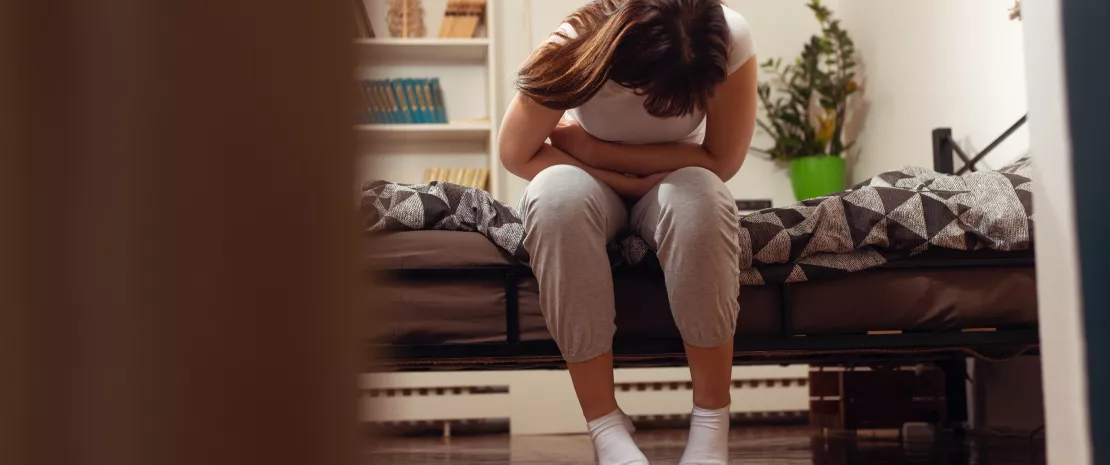Cystitis and microbiota
Cystitis is inflammation of the bladder, most often caused by urinary infection. The bacteria Escherichia coli, coming from the intestine, are the primary cause. Women are affected much more than men.
- Learn all about microbiota
- Microbiota and related conditions
- Act on your microbiota
- Publications
- About the Institute
Healthcare professionals section
Find here your dedicated section
Sources
This article is based on scientific information
Sections

About this article
45% Almost 1 in 2 women say they take vaginal douches whereas it's bad for their vaginal microbiota
Cystitis affects 30% of women at least once in their life, with a spike in frequency between the ages of 20 and 30. It is 50 times more common in women than men. Symptoms include a burning sensation when urinating, the pressing need to urinate, and cloudy and unpleasant-smelling urine. It is simple to treat, but reoccurs frequently.
Women the most affected
Certain factors make women more likely to be affected: the shorter length of the urethra, sexual contact, catheters, urinary incontinence, menopause, and pregnancy. Anatomical anomalies and diabetes are also risk factors. Too much or too little intimate hygiene are also implicated in the appearance of cystitis.
An intestinal origin
In 90% of cases, cystitis is caused by Escherichia coli bacteria. These bacteria are naturally present in the intestinal microbiota. They can penetrate into the urethra, travel to the bladder, and multiply there.
Standardized treatment
The normal and most effective treatment for cystitis is antibiotics. However, recurrence is common. Some measures can prevent this (drinking water, hygiene, etc.). Studies have shown the benefit of taking probiotics, such as certain lactobacilli. It should be noted that cranberry may play a role in preventing recurrence of cystitis, but the effect has not yet been clearly demonstrated.
- Cystite-aigue
- Whiteside SA, Razvi H, Dave S, et al. The microbiome of the urinary tract--a role beyond infection. Nat Rev Urol. 2015;12(2):81-90.
- Kölher CD, Dobrindt U. What defines extraintestinal pathogenic Escherichia Coli? Int J Med Microbiol 2011; 301:642-7.
- Beerepoot MA, Geerlings SE, van Haarst EP, et al. Nonantibiotic prophylaxis for recurrent urinary tract infections: a systematic review and meta-analysis of randomized controlled trials. J Urol. 2013;190(6):1981-1989.
- Reid G, Charbonneau D, Erb J, et al. Oral use of Lactobacillus rhamnosus GR-1 and L. fermentum RC-14 significantly alters vaginal flora: randomized, placebo-controlled trial in 64 healthy women. FEMS Immunol Med Microbiol. 2003;35(2):131-134.
- Jepson RG, Williams G, Craig JC. Cranberries for preventing urinary tract infections. Cochrane Database Syst Rev. 2012;10(10):CD001321. Published 2012 Oct 17.











